C5 Exospheric Model Run-on-requests
Service C5 is devoted to giving public access to a model of the exospheres of Mercury and of some Galilean moons. The first year of project was focused on the prototype of a service for the simulation of the exosphere of Mercury. The generation mechanisms, the compositions and the configuration of the Hermean exosphere will provide crucial insight in the planet status and evolution. The first detection of the exospheric environment have been provided by the Mariner 10 measurements of H, He and O during its fly-bys in 1974-75; later, thanks to ground-based observations, the presence of Na, K and Ca have been discovered. Even if MESSENGER visited Mercury in 2011 and added a consistent amount of data, still the actual knowledge about the morphology of this extremely tenuous atmosphere is anyway very poor and only some speculations can be done before the next BepiColombo measurements; a global description of Mercury's exosphere is still not available. For this reason, it's important to have a modelling tool ready for testing different hypothesis on release mechanism, as well as interpreting observational data. Several processes, such as photon, chemical and ion sputtering, thermal desorption and micro-meteoroids vaporization, has been proposed to be responsible of the formation of such an exosphere, and their relative importance is still discussed. In this frame we propose a MonteCarlo, three-dimensional model of the Hermean exosphere complete with all possible release sources and loss mechanisms, which also include the exo-ionospehere and the SW plasma circulation.
The model is written in Fortran 90 (~50'000 lines of code, ~300 routines) and run on a dedicated server. The server has a HTPPD interface (Apache 2) that can be reached here (go to "model" and then to "full model").
The HTTPD server run a Perl script that build a HTML form (see figure). The form "action" is another Perl script that gets the inputs and write a properly formatted input file (input.txt) for the Fortran model. This input.txt is put on a queue. A third Perl script routinely checks for the queue, and select the first input.txt file to be run. If such a simulation already exists in the internal database, with all identical input parameters, then the Fortran model is not run and the results are taken from the database. Otherwise, the simulation starts. At the end, a fourth Perl script collects all the outputs, and send an email to the address that has been indicated by the user.
You can find more informations here (pdf).

C6 Updated Spacecraft-Plasma Interaction Software
Prototyped, available at https://w3.onera.fr/spacecraft_charging/fr/europlanet
Please access to the tutorial here
C7 Planetary magnetospheric particle tracing runs-on-requests
A working matlab executable for the particle tracer is available here


